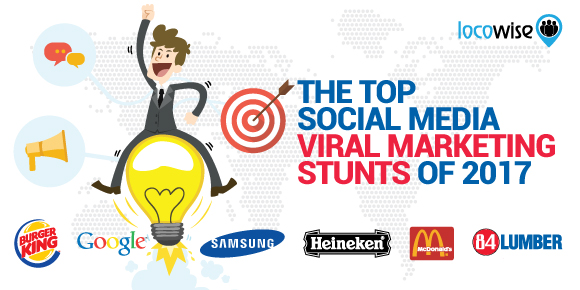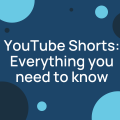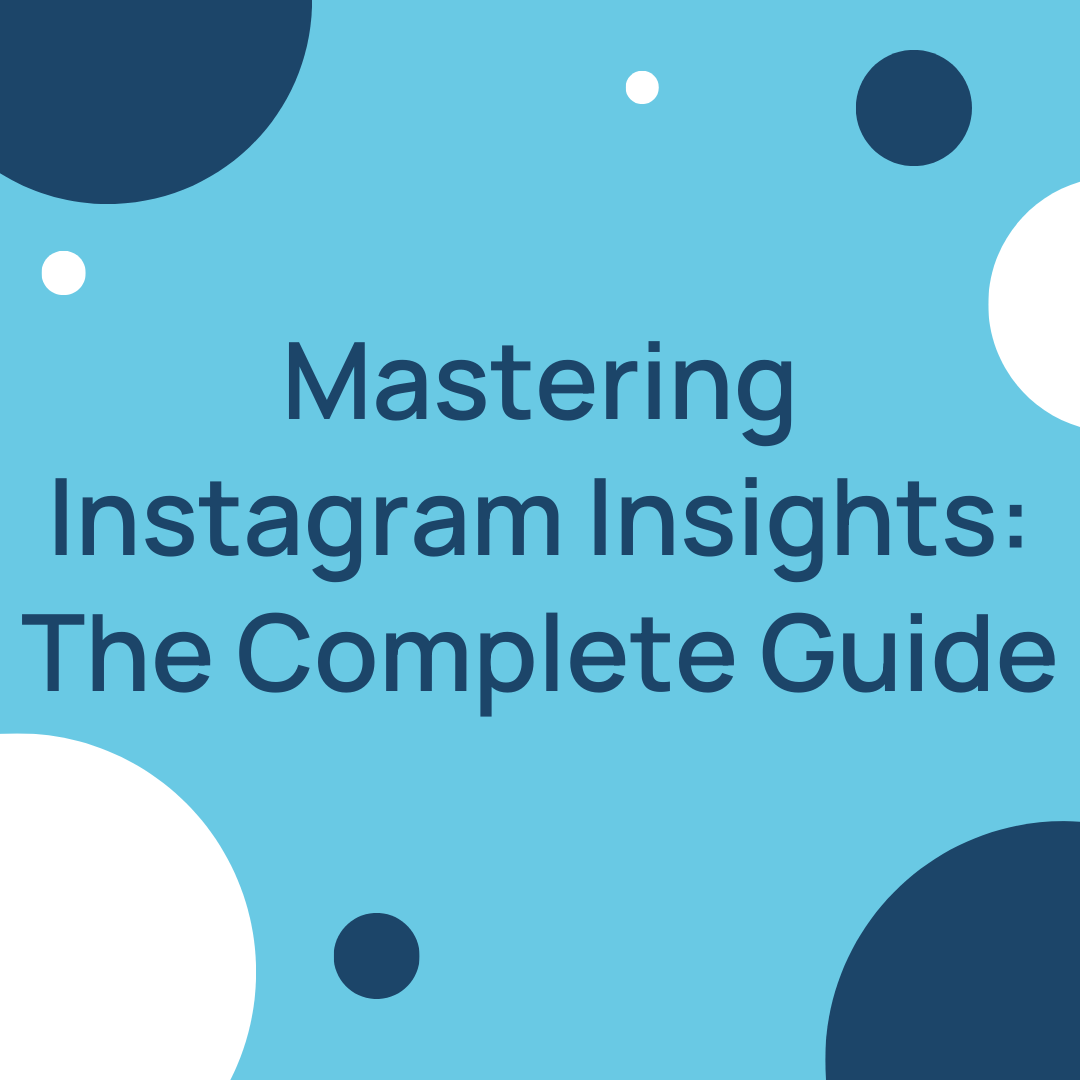The Top Social Media Viral Marketing Stunts Of 2017
Ivan Ivanov posted on 6 June 2017
From the #BowWowChallange to the most creative Oscar Best Picture creations, people love expressing themselves through viral trends on social media.
A simple photo, such as Michelle Obama side-eyeing, a comment over a picture, such as ‘brother may I have some oats’ or a funny Photoshop edit, such as Tiny Trump, can result in a craze shared by many.
With the potential of an unmatched reach and increased engagement, it’s easy to see why professionals are enticed by the advertising opportunity in viral marketing. That’s also why companies have been making many viral marketing stunts and attempts despite the extremely low chance of the success of such campaigns.
We’ve already discussed the main pillars that make up a successful viral marketing campaign by taking a look at what to avoid when doing viral marketing stunts and the five companies that learned it the hard way.

Today we’ll take a look at some of the best viral marketing stunts of 2017 and discuss what they did right. Without further adieu, here are our top picks for the best viral marketing stunts of 2017 (so far).
McDonald’s and their Fries Fork
One of the best viral marketing stunts comes from McDonald’s.
The company managed to entice people and offer them a completely useless product that turned into a viral joke it was supposed to be.
The Fries Fork is an ad released by McDonald’s in the beginning of May that mocked ‘as seen on TV’ commercials by presenting the ridiculous utensil that turns your fast-food fries into a fork.
While met with mixed reviews, the ad did result in Internet hilarity, and definitely served as a nice example of just how viral marketing can be done.
The 84 Lumber Controversial Super Bowl Commercial
In our last viral marketing stunts piece, we discussed that two of the pillars of a successful campaign are tackling societal issues and taking a note of current events. While Dove and Pepsi didn’t manage to do so in the right manner, a lot of companies made successful attempts at viral stunts during the Super Bowl.
While Budweiser’s ad is notable for tackling the immigration issues in the U.S., the most memorable viral ad campaign from the SuperBowl that tackled the same problem was without a doubt the 84 Lumber ad.
Overall, the 84 Lumber campaign continued the political debate over the Mexican border wall, which was a staple of Trump’s run for presidency. It showed the struggles that a Mexican immigrant family has to go through when coming to the U.S. and expresses the idea that building a wall is unnecessary.
The full version of the ad is longer than five minutes and tells the story of a mother trying to cross the U.S.-Mexican border with her daughter in search of a better life. The shorter one-minute version was aired at the Super Bowl.
It certainly shows the right way to tackle a controversial political issue and current events via a viral marketing ad. It is definitely one of the most memorable viral marketing stunts of 2017 so far.
Heineken’s Unofficial Response to Pepsi – World’s Apart
Just two weeks after the Pepsi ‘Join the Conversation’ fiasco, Heineken released a viral commercial that truly showed Pepsi how proper ‘conversation’ on controversial issues is done.
The ‘World’s Apart’ ad featured people from different walks of life that had highly opposing views on major political issues, including climate change, transvestism and women’s rights. In groups of two, unaware of their differing opinions, the participants had to perform different tasks that required cooperation.
After the tasks were finished, videos of the participants expressing their views were shown to them, revealing their thoughts on the controversial issues. The participants were then presented with the choice to either walk away, or sit at a makeshift bar and discuss their differences over a Heineken beer.
The viral social experiment is definitely one of the top viral marketing stunts of 2017 so far and definitely goes to show that when sensitive about controversial issues, a brand can tackle almost any current event or societal problem and make a viral campaign out of it.
Samsung Unbox Your Phone Ad
Smartphones have become one of the most predictable devices in our modern day lives, especially when it comes to the design. After the first unveiling of the iPhone that forever changed the way we perceive and use our phones, the personalized devices morphed into having the same design across the board.
This year, Samsung decided to change our perception of what a smartphone should look like. While still having many design features that smartphones are known for, their Galaxy S8 device features a futuristic screen design, called the Infinity display.
Overall, the campaign to promote their new phone on social networking platforms and on TV was relatively predictable. ‘Unbox your phone’ started with an ad that teased the change in the design. After the Galaxy S8 was officially unveiled, Samsung released a new ad, that better put the attention towards their new Infinity display.
At its core, the viral marketing campaign was not something out of the ordinary and for most parts, leaks of the design did ruin the surprise factor beforehand. Plus, in its respective industry, the smartphone is futuristic-looking enough to attract people’s and critic’s attention alike without the need of an ad.
Nevertheless, the ‘Unbox your phone’ ad from Samsung just goes to show that having an amazing product that sells itself, doesn’t mean that you shouldn’t put an awesome viral ad to further boost the sales of your device.
Google Best Picture
Google as a brand deserves its own category when it comes to viral marketing. Beloved by the online community, the company is a rare example of how a big behemoth of a corporation can still express an inbound marketing message and properly interact with its users via human-like qualities.
From the constant Google Doodles put on the search engine for notable occasions, and the ‘I’m feeling lucky’ button that loses the company revenue but is still there, to the Androidify yourself apps that do nothing to boost Alphabet’s quarter results, Google goes the extra mile to show its human side.
One of the most interesting viral stunt attempts the company did this year, excluding their April 1st jokes, was their ‘Best Picture’ viral ad.
The ad itself was published around the Academy Awards season and pushed the notion that at the end of the day, the best movie is the one you create yourself. It promoted the Google Photos service offered by the company.
Burger King and their Whooper Google Home Hijacking Ad
In April, Burger King aired a short TV commercial that preyed on the increasing popularity of smart home devices. While the ad was met with mixed responses, it managed to leave an impression with many online communities, resulting in increased engagement and overall brand exposure.
The company took the art of trolling, infamous among social media users, to a whole new level by activating the search function of the Google Home. For those unaware, Google Home is a smart voice-activated speaker released by Alphabet for the smart home market.
The device itself boasts many functions, one of which is answering to one’s questions by reading the most popular search results on Google.
Where the ingenious mind of the Burger King marketing team comes in, is with the hijacking of the voice-activated search feature of the Google Home. Featuring a guy that says ‘Ok Google, what is the Whopper burger,’ the ad activated the Home speaker and even some smartphones that use Android, with the devices starting to list down information on the Whopper burger as taken from the most popular search results on Google.
This resulted in a quick response from people, who changed Wikipedia’s entry to troll Burger King by listing ‘toe nail clippings’ as ingredients for the Whopper and multiple shares online. While the hilarity was short lived as Google were quick to shut down the prompt, it certainly is one of the most creative viral marketing stunts of 2017 so far.
The Formula For Viral Marketing Stunts is Being Aware and Being Creative
There isn’t an exact formula that makes or breaks a viral marketing campaign. By taking a look at the best and the worst viral stunts from 2017 so far the basic notion that makes viral ads successful comes to light.
With awareness of the sensitive matter of an issue combined with the pure creativity, you will be able to reach new heights in your viral marketing attempts. The rest is down to hoping that the subjective response of your audience is positive and objectively understanding that most of the success in viral marketing is down to pure chance and luck.








